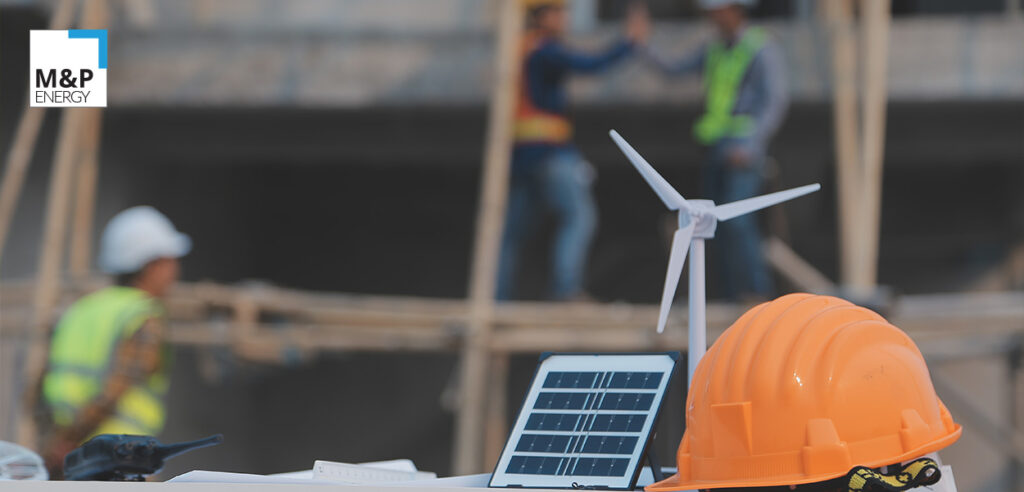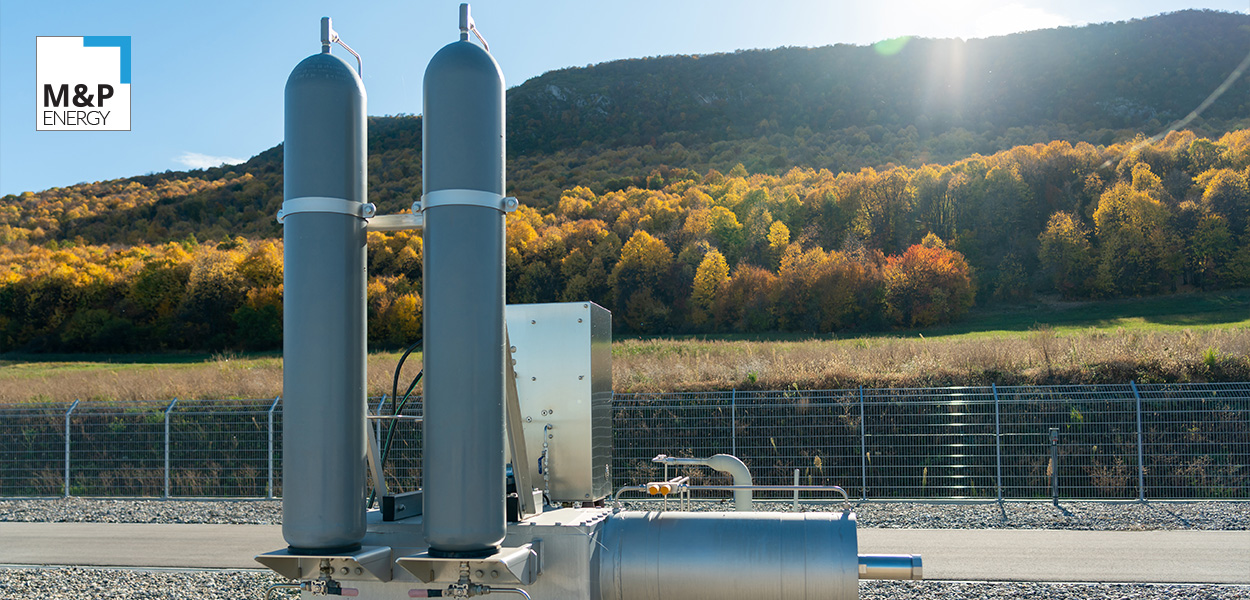In Cologne-Niehl, a new office quarter is taking an innovative approach to renewable energy by harnessing geothermal resources and the proximity to the river Rhine. The project adheres to DGNB standards for sustainable energy while balancing economic efficiency and environmental protection in construction. The project's energy supply design ensures that the energy needs across all three construction phases are both cost-effective and eco-friendly. To achieve this, geothermal heating and cooling systems were selected as a sustainable energy solution for the office quarter.
Geothermal Energy: A Sustainable Solution for the Future
The Köln-Niehl location provides optimal conditions for geothermal systems, featuring highly permeable sediments that allow for effective groundwater extraction. Geothermal energy, a form of renewable energy, is increasingly recognised as an effective means of reducing carbon emissions in construction projects.
- Studies show that geothermal heating systems can reduce CO2 emissions by up to 70% compared to fossil fuel-based systems.
- For Köln-Niehl, this system is expected to lower CO2 emissions by approximately 300 tonnes annually.
- With an energy capacity of 1.2 megawatts (MW), the geothermal system will power the entire office complex, reducing fossil fuel reliance.
The lifetime benefits include annual energy cost savings of up to 30% and an estimated cumulative CO2 reduction of over 3,000 tonnes. This aligns with Germany's national climate goals aimed at achieving carbon neutrality by 2045.
M&P ENERGY GmbH's Role: Pioneers in Geothermal Innovation
M&P ENERGY GmbH leads this project and conducted a detailed geothermal feasibility study to assess the site's potential. Their study included field investigations and drilling of two geothermal boreholes up to 150 metres deep, which were later converted into test wells. These test wells provided essential data on the site's geothermal potential, supported by a groundwater analysis to ensure sustainable, efficient operation.
Using advanced modelling tools such as FEFLOW, M&P ENERGY GmbH developed a thermohydrodynamic model to predict the site's energy output. This model revealed that geothermal resources could meet up to 85% of the office complex's heating and cooling needs.
Project Management and Economic Benefits
M&P ENERGY GmbH's role went beyond feasibility studies to ensure that the project met sustainability targets while remaining economically viable. Their work included the preparation of bidding documents, oversight of the tender process, and maintaining high project standards.
- Preparation of Bidding DocumentsM&P ENERGY GmbH ensured that the tendering process aligned with project objectives, fostering competitive, high-quality bids.
- Economic ViabilityThe project is expected to save approximately €200,000 annually in energy costs, resulting in over €2 million savings over ten years.
- Sustainability ComplianceTheir expertise ensured compliance with sustainability goals, enhancing the project's economic and environmental performance.
A High-Performance Geothermal System in Action
The system's foundation includes three production wells for groundwater extraction and three infiltration wells for reinjection, creating a closed-loop system. Groundwater passes through a high-efficiency heat exchanger before reinjection, ensuring sustainable water cycling and resource longevity.
- The system generates approximately 900 megawatt-hours (MWh) of thermal energy annually, equivalent to powering around 200 households.
- By utilizing thermal energy use from the geothermal system, the building's reliance on external energy sources is reduced by 50%, which significantly lowers operational costs and environmental impact.
With an energy conversion efficiency of up to 90%, compared to less than 40% for fossil fuel-based systems, the geothermal setup enables the Köln-Niehl office quarter to operate nearly off-grid for heating and cooling needs, significantly lowering its carbon footprint. This aligns with European Union targets to increase the share of renewable energy in construction by at least 32% by 2030.

The Growing Role of Geothermal Energy in Europe's Energy Transition
As Europe continues to prioritise sustainable energy solutions, geothermal energy is expected to play a significant role in reducing the construction industry's environmental impact. The geothermal market is forecasted to grow by 8% annually over the next decade, driven by:
- Advances in drilling technologies and improved geothermal heating system efficiency.
- Increased governmental support for renewable energy projects that align with long-term energy transition goals.
In Germany, geothermal energy has been identified as a key part of the country's energy transition. Germany's Energy Transition Goals aim for 65% of new construction projects to integrate renewable energy by 2030, positioning geothermal energy as a cornerstone of these efforts.
Summary of Key Benefits and Features
| Feature | Description |
| Geothermal Heating and Cooling | Meets 85% of heating and cooling needs, reducing CO2 emissions by up to 70%. |
| Groundwater Analysis | Ensures efficient long-term operation with sustainable groundwater utilisation. |
| High Energy Efficiency | Achieves up to 90% energy efficiency, reducing reliance on external sources by 50%. |
| Economic Impact | Saves approximately €200,000 annually, resulting in over €2 million in savings over 10 years. |
| Sustainable Energy Solutions | Aligns with EU targets for renewable energy use, aiming for 32% in construction by 2030. |
A Milestone for Renewable Energy and Sustainability
The Köln-Niehl project sets a new standard in renewable energy in construction by leveraging geothermal energy. M&P ENERGY GmbH has demonstrated how expertise in geothermal systems and a commitment to environmental protection in construction can drive sustainable urban infrastructure. This project showcases geothermal energy's role in reducing both costs and environmental impact.
The expected savings of over €1.5 million over the next decade underscore the economic feasibility of geothermal energy as a long-term solution. By integrating renewable energy into construction, this project paves the way for a sustainable, carbon-neutral future, balancing environmental and economic goals.


